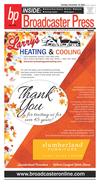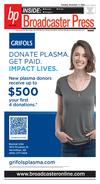080916_YKBP_A3.pdf











Broadcaster Press 3
August 9, 2016 www.broadcasteronline.com
Celebrating
National
Health
Center Week
By Sen. John Thune
August 7-13 is National
Health Center Week in America, and it’s a great opportunity to recognize and celebrate
the health care professionals
who make small community
health centers across the
country a reality. These physician assistants, nurse practitioners, nurses, doctors,
dentists, and others play a
pivotal role in creating rural
access points for South Dakotans who live in areas where
the nearest hospital could be
an hour or more away. The
centers themselves are an
important part of the community, and they help create a
seamless transition to quality
health care for rural patients.
It’s not uncommon for
Main Street in rural communities throughout South Dakota
to have a post office, a gas
station, a small grocery store
or market, and possibly a traffic light or two – not much
more than that. Just because
some South Dakotans choose
to call small town America
home doesn’t mean they’re
less deserving of the health
care that’s often available in
more populated areas. The
health care professionals who
choose to practice in these
smaller communities should
be applauded because without them, the community
members who rely on these
facilities would be forced
to travel long distances and
likely incur higher costs along
the way.
It’s not only the paid medical staff who are to be commended, it’s the volunteers
across the state who dedicate
their time at South Dakota’s
community health centers.
Recognizing the enormous
benefit provided by these volunteer health professionals,
last year I reintroduced bipartisan legislation that would
encourage additional volunteer opportunities at these
kinds of facilities. My bill, the
Family Health Care Accessibility Act, would change federal
law to lift malpractice coverage burdens that are a barrier
to volunteerism for some providers. Doing so will make it
easier for those who wish to
donate their time and services to these health professions
shortage areas.
We’ve also looked at new
and cutting-edge ways to help
alleviate some of the problems faced by long distances
between health care facilities.
For example, if a patient at
a community health center
required specialized care or
examination, what if distance
no longer mattered? That’s
where telehealth technology
can play an important role.
Telehealth is the way of the
future, so we should do all
we can to embrace this innovative technology. I cosponsored legislation earlier this
year that would expand telehealth services and make it
easier for Medicare patients
to connect with their doctors
and other providers without
having to travel long distances to do so. This legislation,
the Creating Opportunities
Now for Necessary and Effective Care Technologies (CONNECT) Act, is another bipartisan initiative that would help
create higher quality care for
patients in rural South Dakota.
While no two states in the
country are the same, nearly
every state from New York to
California faces certain challenges in rural health care.
With a little hard work, those
challenges can be turned into
opportunities, and that’s exactly what we’re seeing here
in South Dakota at community health centers that are
serving patients and fighting
to keep them healthy.
Fishing
for a new
J
O
B
Check out the
employment ads in the
bp
Since 1934
Broadcaster Press
201 W Cherry, Vermillion
605-624-4429
Regents Prepare to set State Goal of
More Degree-bearing Workers
By Bob Mercer, State Capitol Bureau
PIERRE – For three hours Wednesday, members
of the South Dakota Board of Regents and state
university presidents discussed whether to set a
goal that 65 percent of people ages 25-34 should
have some type of higher-education degree by
2025.
The most recent estimate, using 2014 data, is 45
percent of South Dakotans in that age group have
some type of post-high school degree.
Regent Pam Roberts of Pierre said the push for
65 percent should be broader than the universities and include state government agencies such
as the Department of Labor and the Governor’s
Office of Economic Development.
She was a Cabinet member, top aide and chief of
operations for five different governors before she
retired two years ago as labor secretary.
“I think they’re ready,” Roberts said. “I think the
timing is really good.”
Regent Kathryn Johnson of Hill City said she has
frequently heard citizens doubt the value of further investment in the state universities because,
from their perspectives, many of the graduates
leave South Dakota.
Johnson supported Roberts’ concept of a statelevel effort, saying the public needs to be shown
the workforce needs that are ahead and the gap
that would result in the next decade if more
degree-holders weren’t available in South Dakota.
Regent Kevin Schieffer of Sioux Falls said a specific presentation should be prepared. The board
could start a plan that would be proposed and
adjusted, he said.
Schieffer, a former chief of staff for then-U.S.
Sen. Larry Pressler and later a railroad executive,
suggested showing where South Dakota would be
if the 65 percent goal is reached and where South
Dakota would be if it isn’t.
“We’re talking about getting the people together
who are responsible for it, one way or the other,”
Schieffer said.
The regents plan to take a formal vote today but
the discussion Wednesday showed the ayes are in
place.
The only note of dissent came from regent
Harvey Jewett of Aberdeen. He suggested the
target be smaller than 65 percent but didn’t offer
a number.
“Let’s not set ourselves up for failure,” Jewett
said.
Mike Rush, the regents’ executive director, said
65 percent is based on the projected need in the
workforce according to a Georgetown University
study.
“I hate to set a goal that’s below what we already
know we need to be successful as a state,” Rush
said.
Daniel Palmer, a vice president on the regents’
staff, said universities in South Dakota generate
about 6,000 degrees per year and South Dakota
would need another 3,000 annually, starting last
year, to reach the 65 percent target by 2025.
The regents are working with the Lumina Foundation, whose staff is engaging with other states
about raising the number of degree holders in the
key demographic group of 25-34.
Lottery Officials Forecast a
Minimal Uptick in 2017
By Bob Mercer
State Capitol Bureau
PIERRE – South Dakota
saw more video lottery terminals in operation during July
and the amunt of money that
players lost went up as well.
That was one piece of the
summary delivered Thursday
to the South Dakota Lottery
Commission.
The other parts showed
sales of instant-win tickets
lagging while lotto sales were
up.
Clark Hepper, the deputy
administrator for the South
Dakota Lottery, told commissioners the expectation is lotto sales eventually will drop
behind the pace of a year ago.
That’s because there was a
giant jackpot that likely won’t
be repeated any time soon,
Hepper said.
Lotto sales through July 30
ran 53.8 percent ahead of last
year’s pace for the same onemonth period. July 1 is the
annual start of the lottery’s
fiscal year.
Hepper said the fast pace,
which saw $3.35 million of
sales during July, isn’t expected to continue.
For the full 2017 fiscal
year, revenue from lotto sales
after prizes and expenses
is forecast to be $7,090,000,
down from the 2016 total of
$8,840,000 through June 30.
Meanwhile sales of instantwin tickets through July 30 totaled $1.95 million, down from
$2.19 million at the similar
point one year ago. That was
a drop of 10.95 percent.
Hepper said the hope is
that holiday sales can help
recover some of that gap. He
said fiscal 2017 revenue from
instant-win tickets after prizes
and expenses is projected to
be $4.76 million. That would
be less than the 2016 revenue
of $5.33 million.
For video lottery, net machine income – the money
lost by players after winnings
are paid -- was up 4.25 percent through July 23 over the
similar period one year ago,
according to Robyn Seibel.
She oversees the security and
operations of the privately
owned terminals for the lottery.
Seibel said net machine
income was $15.6 million
through the first three weeksplus of July. It was just under
$15 million for the similar period one year ago.
State government takes 50
percent of the net machine income. The remainder is split
among the machine owners,
operators and establishments
under private contracts.
There were 9,002 terminals
in play during July, up from
8,937 at the similar point in
2015. The number of establishments however declined
to 1,331 from 1,354.
Much of the gain in video
lottery appears to result from
the new-style line games, similar to slot machines, which
are gradually replacing the
old poker, blackjack and keno
terminals.
Norm Lingle, the lottery’s
executive director, said line
games are averaging about
$40 more daily in net machine
income than the old-style
terminals known as legacy
games.
The video lottery revenue
forecast for state government
currently is $106,350,000 for
fiscal 2017. The actual 2016
revenue, unaudited, was
$102,800,000.
Overall, lottery games are
forecast to produce revenue
of $118,200,000 for fiscal 2017
for state government. The actual 2016 revenue, unaudited,
totaled $116,970,000 for the
government.
Lottery is the second-largest state revenue source after
the sales tax.
Lingle said the lottery currently is in the hiring process
to fill two key spots.
Joe Willingham, who was
director of sales for instantwin tickets and lotto, retired
July 9 after 29 years with the
agency. Business analyst Jon
Keyes took a higher-salary
post with the state Department of Transportation.
Two representatives from the foundation, Scott
Jenkins and Susan Heegaard, met with the regents
most of the morning Wednesday.
“It depends on what you want to be as a state,”
University of South Dakota president Jim Abbott
said. He mentioned tourism and manufacturing have been two points of emphasis in South
Dakota’s economy.
Palmer said South Dakota long has been a net
exporter of people with post-secondary degrees
and a net importer of people without degrees.
“You have to describe a future that No. 1 is attainable and No. 2 is a stretch for us but is beneficial
to all,” Barry Dunn, South Dakota State University
president, said.
No county in South Dakota has reached 60
percent yet, according to a report delivered to the
regents. The report looked at associate degrees or
higher.
Lincoln County, which includes southern Sioux
Falls, was highest at 57 percent. Next came Brookings County, home to SDSU, at 54 percent, and
Clay County, home to USD, at nearly 53 percent.
Lowest was Buffalo County at less than 17 percent. The other 62 counties were in the range of
less than 21 percent (Todd) to nearly 50 percent
(Union).
Among the most-populated counties, Beadle was
33.4 percent; Brown 41.9 percent; Codington 34.5;
Davison 47.3; Hughes 46.6; Lake 42.3; Lawrence
40.9; Minnehaha 43.6; Pennington 40.1; and Yankton 36.8.
SHIINE Seeks Local Volunteers
PIERRE, S.D. – The South Dakota Senior Health Information and Insurance Education (SHIINE) program is currently
seeking local volunteers to help seniors with their Medicare
questions and to spread the word about detecting Medicare
fraud, waste and abuse.
Administered by the South Dakota Department of Social
Services, SHIINE is a federally-funded program that advocates
for consumers and educates them on Medicare, Medicare
fraud, errors and abuse detection, and related health information, to allow consumers to make timely and informed
decisions and access resources that best fit their needs. The
program is free for eligible seniors and all services are unbiased and confidential.
Volunteers are vital to the success of the program, as
they provide a resource in the local community for seniors
to discuss their Medicare questions and concerns in person.
There are several different volunteer roles available with the
SHIINE program to fit all different types of volunteer interest
and ability.
Volunteers are most active during the Open Enrollment
Period for Medicare Part D, October 15 through December 7.
Recruiting volunteers now allows time for initial training and
mentoring. Volunteers may not hold a current license to sell
Medicare-related health insurance.
For more information on SHIINE or becoming a volunteer
counselor, contact Tom Hoy at the Eastern SHIINE office by
phone: 1-800-536-8197 or email: SHIINE@activegen.org.
Prices !
ed
Reduc
Boots & Shoes Sale
Waterproof
FREE SOCKS with boots
Boston Shoes to Boots
312 W. 3rd • Yankton • 665-9092
Volin, SD
PRECISION PAINTING
•Interior •Exterior
•Commercial
•Residential
Quality Workmanship,
Reasonable Rates
Since
1983
CLINT TUCKER
624-4621
3211 E. Hwy. 50 • Yankton, SD
605-665-4540 • 800-526-8095
745 E. Hwy 46 • Wagner, SD
605-384-3681 • 800-693-1990
www.marksinc.com Locally Owned and Operated Since 1972
THE HEART OF EVERY
ROTARY BEATS RED
The Axial-Flow Combine is at the
heart of our 100-year legacy of
harvesting expertise.
On behalf of children with life threatening illnesses, we would
like to thank Vermillion and its surrounding communities.
The tenth annual Make A Wish dinner and auction was a huge success!
Through the efforts of everyone involved, children from our area
with life threatening illnesses can be granted a wish!
THANK YOU
• To Old Lumber Company for hosting!
• To All of the businesses that provided auction items!
• To All of the people who bought auction items and tickets!
• To All of the volunteers that assisted in making the night a success!
• To 106.3 for their support!
Friday 8am-7pm and Saturday 8am-5pm
August 12th and 13th
Located: 44888 305th St Volin SD
2 miles West of Volin
Marlo and Barb Schnider Estate
Collective and Decorative: Antiques, collectables,
and interesting items filled this house!!
Some of these items include: Quilts, old toys, old rugs, Red Wing
Crocks, old wardrobe trunk, trunks, old tins, tin dollhouses and barn,
oil lamps, old dolls, hat boxes, denim day collection, glass shoe collection, cast-iron bed, sterling-silver silver wear, silver plated dishes,
2 upholstery machines, button machine, upholstery accessories,
pictures, porcelain stove (1920’s), metal army cot, lots of household
items, dressers, couch, tools, Hit and Miss Engine, miscellaneous
farm equipment, and MANY MORE UNIQUE AND ANTIQUE ITEMS!!
Ice Cream Social
Main Street Center
320 W Main Street
Thursday, August 11
5:00 - 6:30 PM
Sandwiches, Chips, Homemade Pies,
Cakes, Ice Cream and Beverages
The Main Street Center
(AKA Senior Citizens Center)
Thank You for your Support!
Mushy's Bowling Alley in Centerville
has openings for Bowlers in their Men's,
Women's, and Mixed Doubles Bowling Leagues.
Sincerely,
Gary Madsen, Rick Steenholdt,
Kenny Stoos, Sara Bye Schulte, Lucky Huber,
Jim & Dena Brady and Bruce & Kelly Fischbach
Come join the fun!
For more information call 563-BOWL or 214-1562

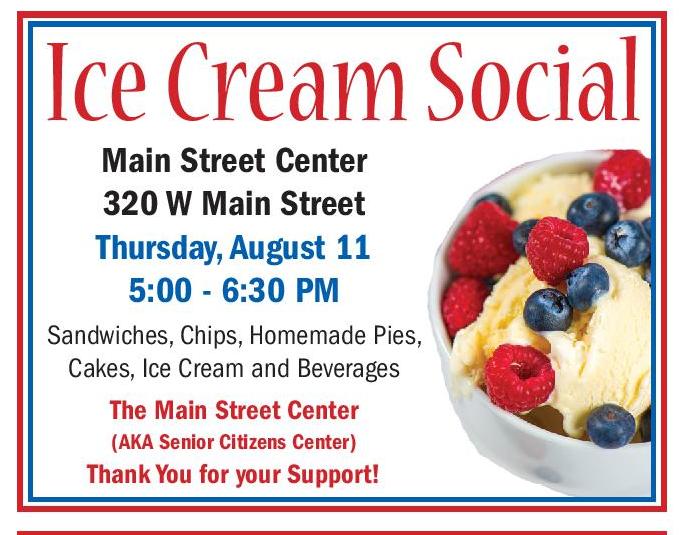


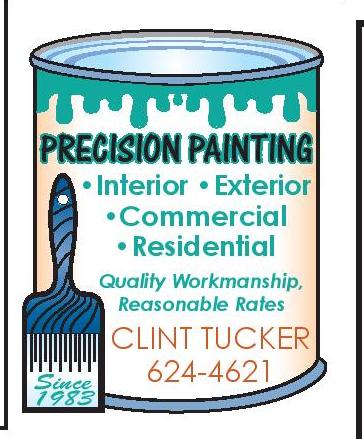

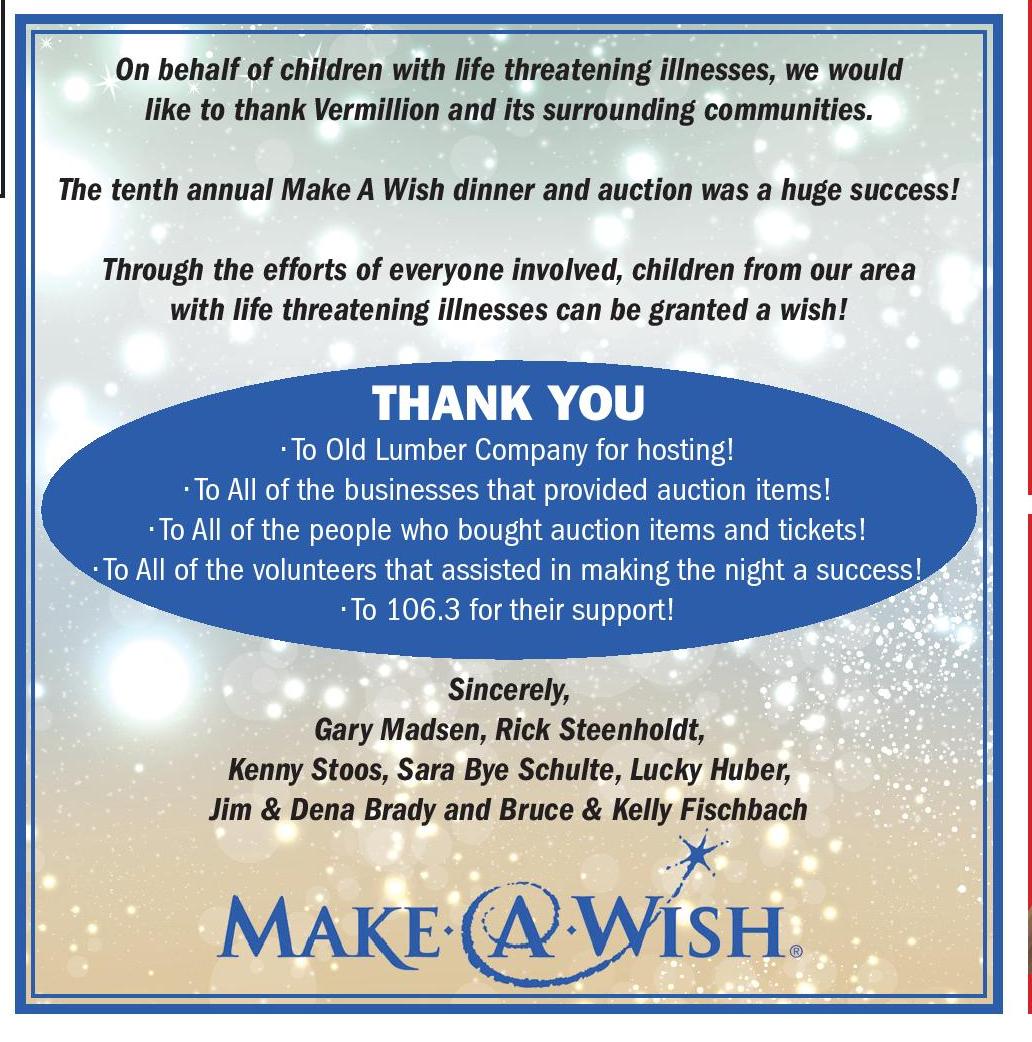


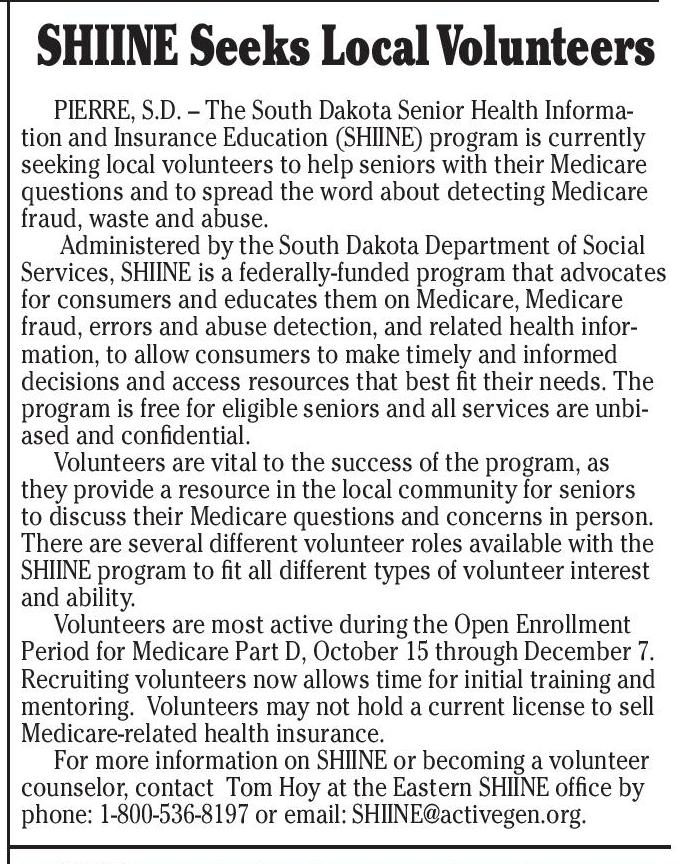
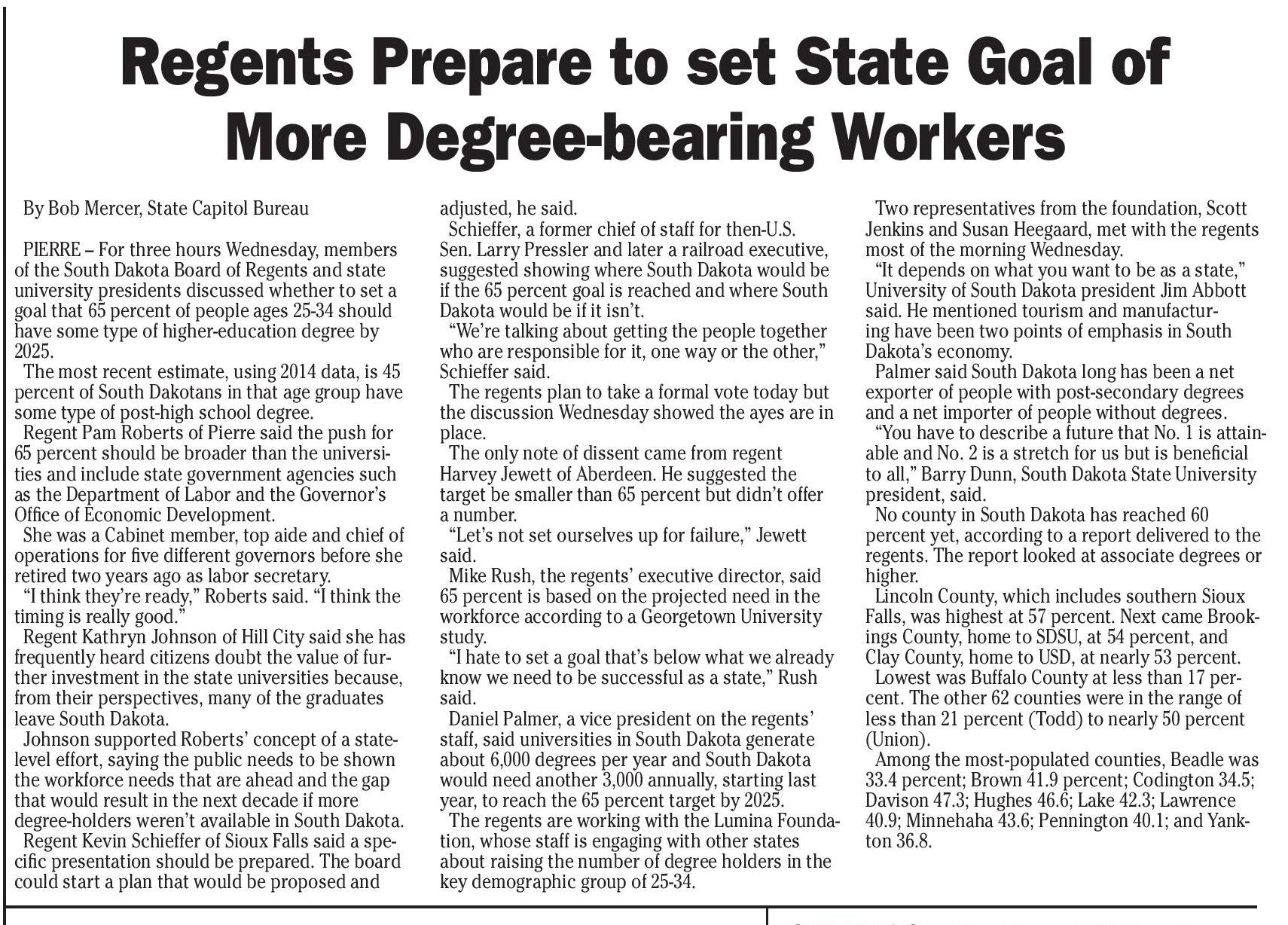


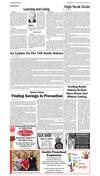
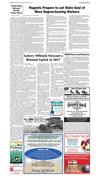
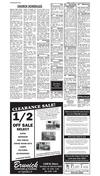
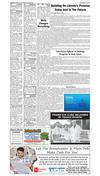

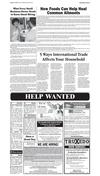
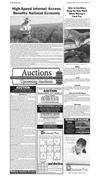
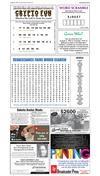
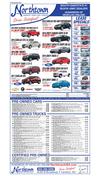
 Previous Page
Previous Page





